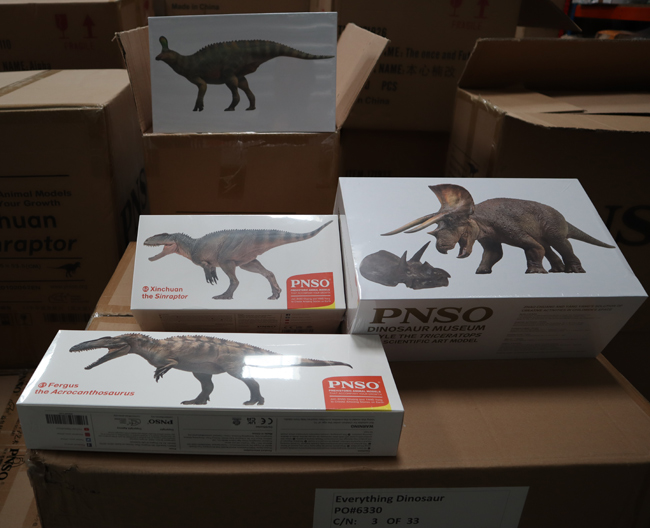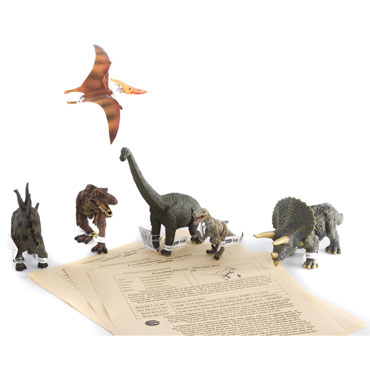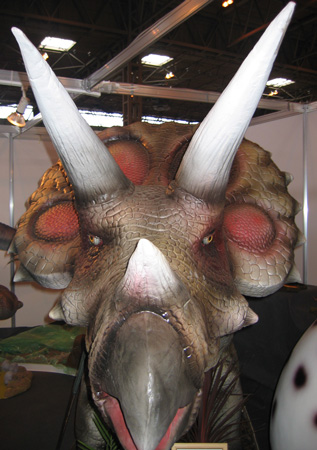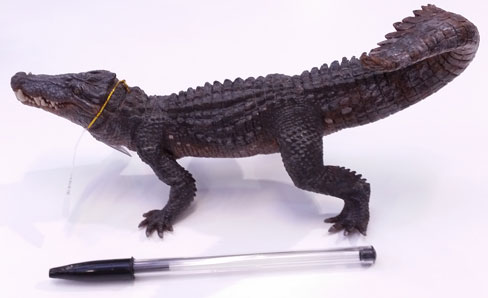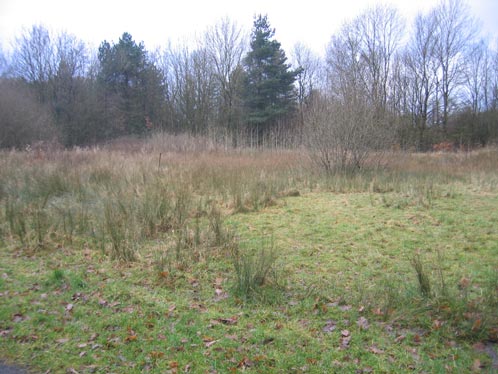Primeval Team visit the Silurian in a New Episode
Saturday Night and a Trip to the Silurian
The ITV science fiction series Primeval (ITV1 7.20pm) takes viewers back to the Silurian period on Saturday night, the team of time travellers take on some very nasty Arachnids based loosely on the giant sea scorpions – animals such as Brontoscorpio which could grow to nearly a metre long.
Silurian
Brontoscorpio means “thunder scorpion” it was certainly a fearsome predator of the late Silurian. It is related to modern scorpions, but the huge arthropods such as Pterygotus which could grow to nearly 3 metres long would not have posed much of a threat to Professor Cutter and his team on land.
In this particular episode, the A.R.C (Anomaly Research Centre) team go through a time portal to around 420 million years ago to rescue a young girl and her dog. However, some team members get stuck on the other side, trapped in the Silurian when the anomaly closes and they are left to deal with attacks from giant scorpions who erupt out of the sand beneath them.
Scientists have been impressed by the size and scale of some of these early arthropods, particularly the Eurypteridae such as Pterygotus and recent discoveries have shed further light on these fearsome ancient beasts.
It seems that these particular predators got even bigger during the Devonian, feeding on the early vertebrates, the ancestors of modern fish.
To read an article about sea scorpion discoveries: Claws! Giant Sea Scorpion of the Devonian.
Ancient Arthropods
In reality, as far as we can ascertain from the fossil record, these arthropods would have been extremely cumbersome and awkward on land. It has been speculated that these animals ventured out onto land to scavenge on the shoreline and to shed their exoskeletons but their primitive breathing apparatus would have had to be kept moist all the time so they would not have ventured far from water.
As the vertebrates evolved so the large species of Eurypteridae went into decline perhaps they were no longer able to compete with new predators such as the larger placoderms (armoured fish) such as the fierce Dunkleosteus.
For models and replicas of prehistoric animals including Dunkleosteus (whilst stocks last): CollectA Deluxe Supreme Scale Models.



